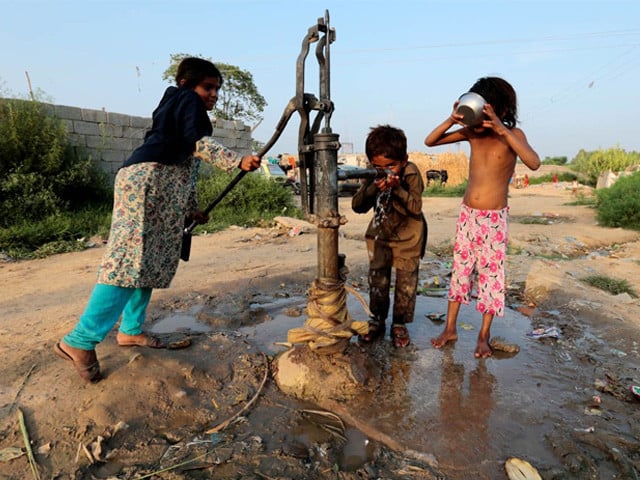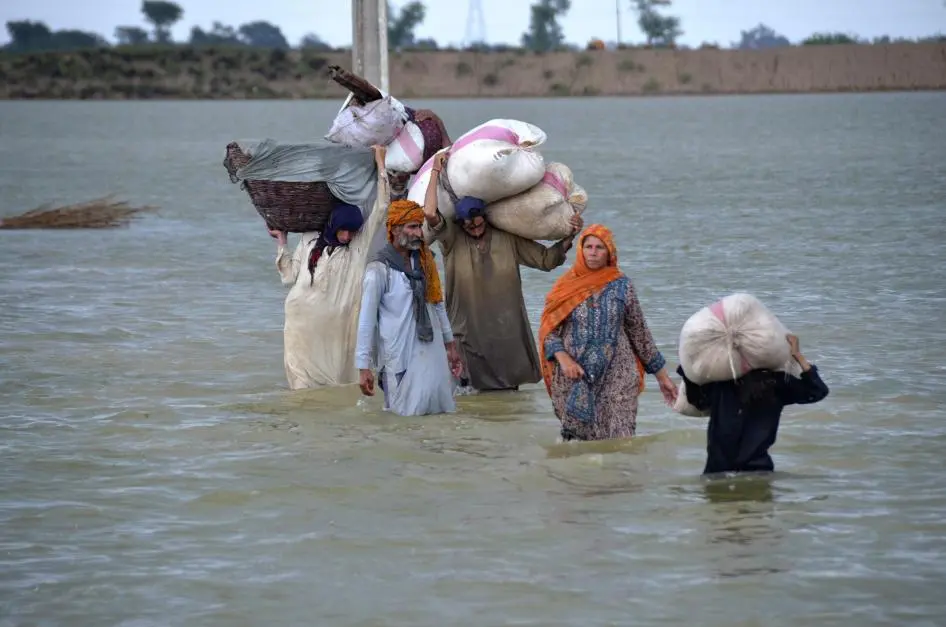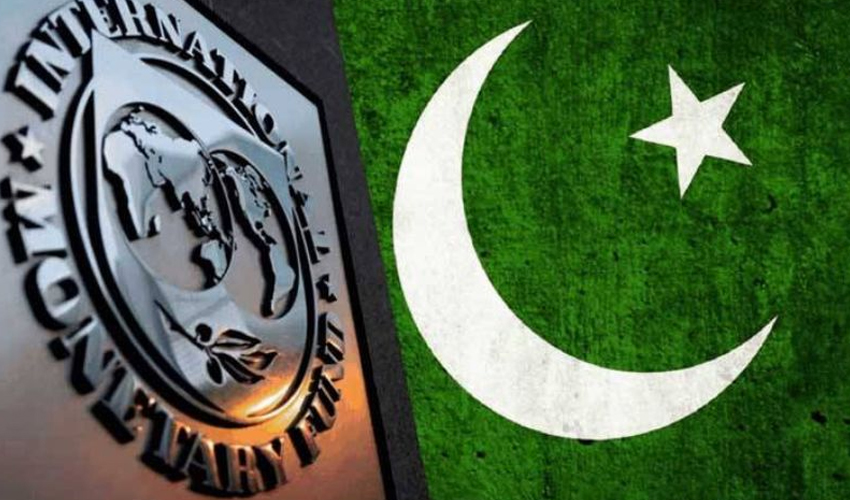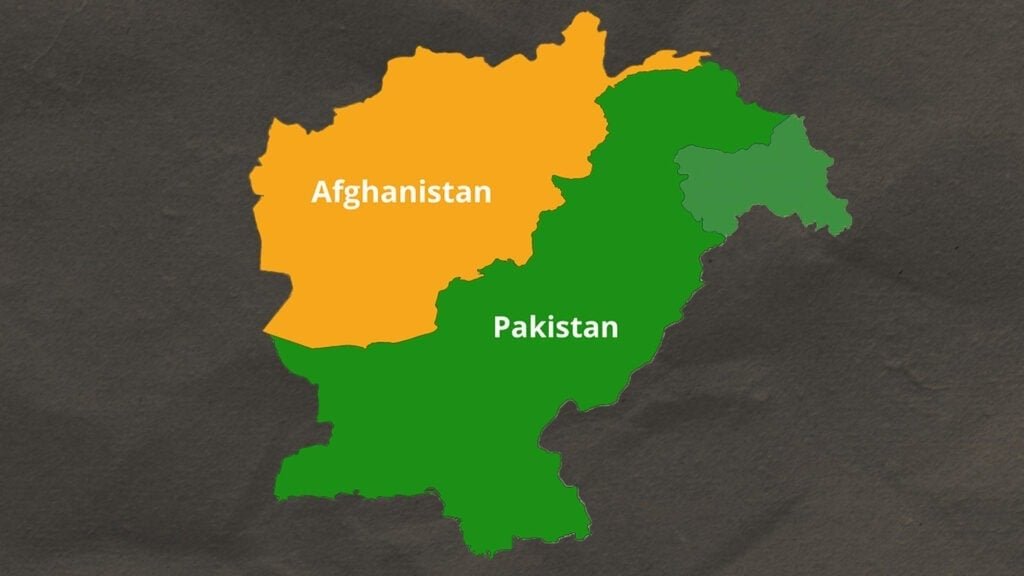Dr Shabana Safdar Khan
Pakistan is entering a dangerous era of water scarcity. The country is now one of the most water-stressed nations in the world. The first Global Water Monitoring Report titled Continental Drying shows that the crisis is not only environmental, it is also political and economic. The report explains how climate change, misuse of water, and regional rivalries are coming together to create a national emergency for Pakistan.
Pakistan’s agriculture depends almost entirely on freshwater, and it consumes more than ninety percent of national water resources. Yet the use of this water is inefficient and wasteful. The World Bank report shows that Pakistan is among the six countries with the highest levels of inefficient agricultural water use. The shift of rice cultivation into semi-arid zones of southern Punjab has deepened the crisis. This expansion is depleting groundwater at a dangerous pace.
Rice and sugarcane remain the main water-hungry crops. These crops consume massive volumes of water. The report indicates that two-thirds of global inefficient irrigation in drying areas is linked to such crops. Pakistan matches this pattern. Our crop choices do not match our hydrological reality. We are producing crops that demand far more water than our system can bear. The mismatch between agriculture and climate is widening every year.
The challenge is not only mismanagement inside Pakistan. It is also linked with India’s aggressive manipulation of transboundary waters. Under the Indus Waters Treaty of 1960, Pakistan was allocated the western rivers. India retained control of the eastern rivers. The treaty has been a stabilising instrument for decades. But now Indian leaders are making open threats. Prime Minister Modi has vowed that not a drop of Indus water will be allowed to reach Pakistan. Such statements violate the spirit of the treaty.
India is building more upstream dams and hydropower projects. These structures can delay or alter water flows. Pakistan fears that India aims to use water as a pressure tool. Any disruption of water flow from the western rivers will weaken Pakistan’s food security and energy security. It will also create instability in an already fragile region. Water diplomacy has become a national security concern.
The World Bank report highlights another alarming global trend. The world is losing three hundred and twenty four billion cubic meters of freshwater every year. Drought, deforestation, and poor management are the main causes. This global drying is making Pakistan’s challenge even worse. Our per capita water availability has already fallen below one thousand cubic meters. This is the scarcity threshold. The situation is now critical.
Pakistan’s water crisis is not a natural disaster. It is a result of decades of weak planning. Water governance is outdated. Groundwater extraction is unregulated. Forests are disappearing. Cities are expanding without any water planning. Climate change is accelerating heat waves and drought. When mismanagement meets climate shocks, the result is a full-scale water emergency.
Agricultural policy also demands urgent correction. Pakistan must shift away from water-intensive crops. We must promote drought-resistant seeds, efficient irrigation technology, and crop zoning based on climate. Water pricing reforms are also critical. Farmers cannot continue to treat water as an unlimited free resource. Water-saving technologies like drip irrigation, sprinkle irrigation, and laser levelling must be encouraged through subsidies.
Reforestation is another essential reform. Forest cover in Pakistan is among the lowest in the region. Without forests, groundwater cannot recharge. Rivers cannot stabilise. Climate extremes increase. A national reforestation drive backed by scientific planning can help restore water balance. But it must be implemented consistently, not as a seasonal political campaign.
Strong regulation of groundwater is also vital. Tube wells are pumping water without limit. This extraction is drying aquifers. The government needs a strict licensing and monitoring framework. Digital meters and satellite monitoring can track extraction. Communities must also be part of local water governance. Without community involvement, rules are unlikely to work.
Urban planning must be reformed as well. Pakistan’s cities are growing rapidly. Water pipelines are leaking. Sewerage is mixing with drinking water. Rainwater harvesting is almost nonexistent. Cities must adopt modern water management systems. Smart meters, recycling plants, and stormwater harvesting can reduce pressure on freshwater supplies.
The geopolitical dimension remains significant. Pakistan must strengthen diplomatic engagement on water issues. It must defend the Indus Waters Treaty through international forums. Regional cooperation on climate resilience is also necessary. A joint climate and water dialogue between Pakistan, India, China, and Afghanistan could create early-warning systems and shared risk management. Without cooperation, water competition may lead to conflict.
Pakistan’s water emergency is a national survival issue. If left unaddressed, it will hit agriculture, economy, public health, food supply, and social stability. The World Bank has given a clear warning. Water scarcity can deepen poverty. It can fuel migration. It can destabilise cities. It can create irreversible damage to ecosystems. Policymakers must understand that water is the foundation of human life and national prosperity.
The way forward is clear. Pakistan needs a comprehensive water reform agenda. It must combine environmental planning, agricultural reform, diplomatic strategy, and public awareness. Every drop of water must be protected. The country must realise that water security is not a technical issue. It is a political choice. It is a governance challenge. It is a national duty.















